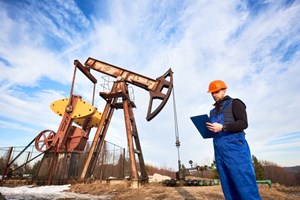Getech unveils latest version of digital platform for subsurface exploration
(WO) – Getech, a world-leading locator of subsurface resources, has released a new version of its proprietary digital platform, Globe.
Globe models the last 400 million years of Earth’s evolution into c.40,000 layers of geological data that facilitate the exploration of subsurface resources, including critical minerals, natural hydrogen, petroleum, geothermal and carbon storage. Globe combines proprietary computational modelling and AI-led machine learning techniques with Getech’s geoscientific expertise to deliver a unique Earth model that enables its customers to identify new resource exploration opportunities. The new release – Globe 2023 – includes powerful capabilities designed to address the modern challenges of resource discovery.
This latest release introduces numerous features aimed at enhancing mineral location efforts – such as a new dynamic plate model, enhanced paleogeographies and extended palaeosurface geology coverage. These improvements are designed to deepen understanding of the ancient land surface and its composition, a crucial aspect in successful resource exploration.
The enhancements to the plate model in particular shed light on how tectonic movement has influenced the location of resources in the present day. In addition, Globe 2023 contains significant enhancements to its stratigraphic lexicon. This updated data, combined with its paleogeographic and palaeosurface geology reconstructions, offers exhaustive details about the composition of sedimentary basins, which is instrumental in locating resources such as petroleum, evaporative lithium and basin ores such as sedimentary copper.
In response to the increasing interest in naturally occurring hydrogen as an energy transition resource, Globe 2023’s updated 2D gravity and magnetic models assist in identifying the depth and location of ultramafic bodies which can be the source rocks to such ‘white hydrogen’ occurrences. Meanwhile, Globe 2023’s updated palaeosurface geology layers can assist in identifying potential carbon storage sites by better understanding the composition and quality of reservoirs.



